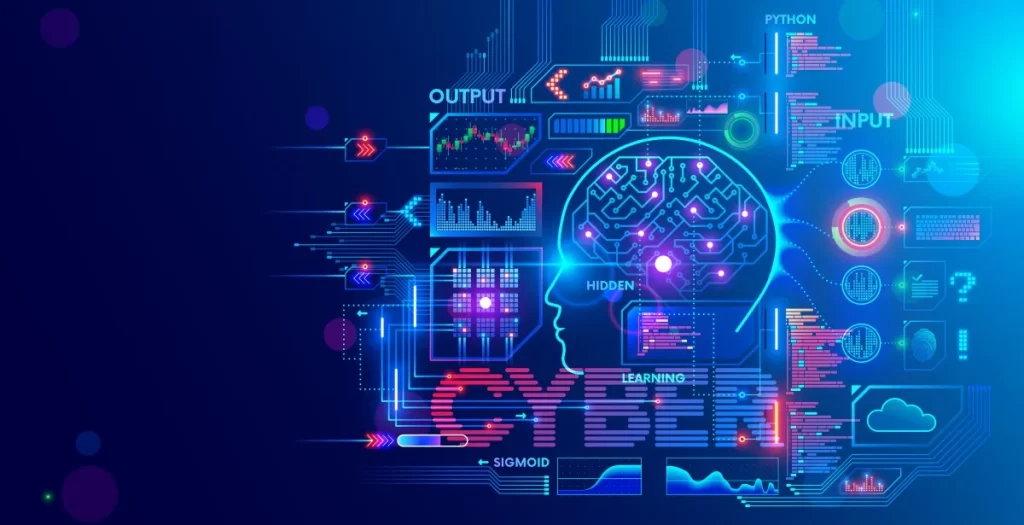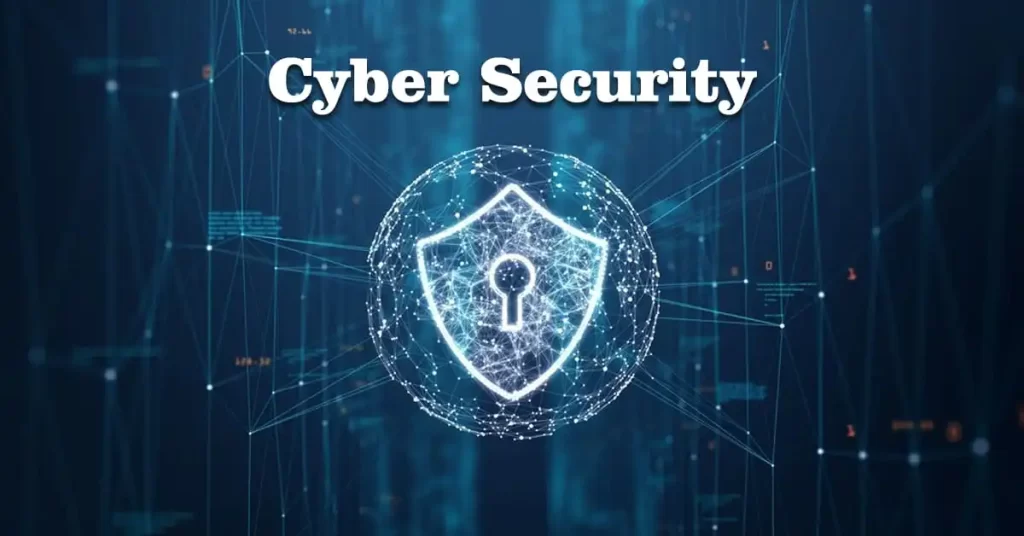
Introduction:
In today’s interconnected world, cybersecurity is more crucial than ever before. With the rapid advancement of technology, cyber threats are becoming increasingly sophisticated and pervasive, posing significant challenges to individuals, organizations, and governments alike. This post explores the evolving landscape of cybersecurity and provides strategies to build a resilient defence against cyber threats.
1. The Changing Face of Cyber Threats:
+ Discuss the evolution of cyber threats, from basic malware to advanced persistent threats (APTs) and nation-state actors.
+ Highlight the growing significance of data breaches, ransomware attacks, and supply chain vulnerabilities.
Best Antivirus Programs that Will Keep Your PC Safe in 2023
2. Cybersecurity Trends in 2023:
+ Provide insights into the latest cybersecurity trends, including AI-powered attacks, cloud security, and the Internet of Things (IoT).
+ Emphasize the importance of proactive threat intelligence and real-time monitoring.
3. Building a Resilient Cybersecurity Strategy:
+ Explain the concept of cyber resilience and why it’s crucial for modern organizations.
+ Discuss the NIST Cybersecurity Framework and its five core functions: Identify, Protect, Detect, Respond, and Recover.
4. Securing Remote Workforces:
+ Address the challenges posed by remote work and the need for robust remote access security.
+ Share tips for securing remote devices and networks effectively.
5. Ransomware Defense Strategies:
+Describe the rising threat of ransomware attacks and their potential impact.
+Offer guidance on ransomware prevention, backup strategies, and incident response plans.
6. Zero Trust Security Model:
+Introduce the Zero Trust security model and its principles of “never trust, always verify.”
+Explain how organizations can implement Zero Trust architecture to enhance their security posture.
7. User Awareness and Training:
+Stress the importance of cybersecurity education for employees and individuals.
+Share tips for recognizing phishing attempts and other common cyber threats.
8. Regulatory Compliance and Data Protection:
+ Discuss the significance of regulatory frameworks like GDPR, HIPAA, and CCPA.
+ Explain the role of compliance in strengthening cybersecurity.
9. Cybersecurity Tools and Technologies:
+ Highlight essential cybersecurity tools, such as firewalls, intrusion detection systems, and endpoint security solutions.
+Discuss the role of AI and machine learning in threat detection and response.
10. Collaboration and Information Sharing:
+ Advocate for collaboration among organizations and government agencies to combat cyber threats collectively.
+ Discuss the benefits of information sharing and threat intelligence sharing platforms.
11. Incident Response and Recovery:
+ Provide an overview of the incident response lifecycle and the importance of having a well-defined plan.
+ Stress the significance of post-incident analysis and continuous improvement.
“UNLOCK CRYPTO SUCCESS: EXPLORE THE DYNAMIC WORLD OF CRYPTOCURRENCIES WITH 26 POWER-PACKED TYPES”
12. Multi-Factor Authentication (MFA):
+ Highlight the importance of MFA as an effective method for enhancing security.
+ Provide guidance on implementing MFA for various systems and accounts.
13. Supply Chain Security:
+ Discuss the significance of securing the supply chain to prevent third-party breaches.
+ Explain the concept of software bill of materials (SBOM) for tracking software components’ security.

14. Cybersecurity for Critical Infrastructure:
+ Emphasize the vulnerability of critical infrastructure sectors such as energy, healthcare, and transportation.
+ Discuss government initiatives and regulations aimed at bolstering the cybersecurity of critical infrastructure.
15. Threat Hunting and Threat Intelligence:
+ Describe the proactive approach of threat hunting to identify and mitigate threats before they escalate.
+ Explain the role of threat intelligence in providing context and insights into emerging threats.
16. Blockchain and Cybersecurity:
+ Explore the potential of blockchain technology in securing data and transactions.
+ Discuss the use of blockchain for identity management and securing supply chains.
17. International Cybersecurity Cooperation:
+ Discuss the importance of international cooperation in addressing global cyber threats.
+ Highlight collaborative efforts and agreements between countries to combat cybercrime.
18. Privacy in the Digital Age:
+Discuss the growing concerns about data privacy and its connection to cybersecurity.
+ Explain the importance of data protection regulations like the California Consumer Privacy Act (CCPA) and the European Union’s General Data Protection Regulation (GDPR).
19. Cybersecurity for Small and Medium-sized Enterprises (SMEs):
+ Recognize the unique challenges SMEs face in cybersecurity.
+ Provide cost-effective cybersecurity solutions tailored to SMEs.
20. Artificial Intelligence and Ethical Considerations:
+ Explore the ethical implications of using AI in cybersecurity, such as bias in machine learning algorithms.
+ Discuss responsible AI practices and the need for ethical AI frameworks in cybersecurity.
21. Emerging Threats: Quantum Computing and AI Attacks:
+ Delve into emerging threats like quantum computing, which could potentially break current encryption methods.
+ Discuss the potential for AI-powered cyberattacks and their implications.
22. Continuous Monitoring and Adaptive Security:
+ Stress the importance of continuous security monitoring for identifying and responding to threats in real-time.
+ Discuss the concept of adaptive security that adjusts security measures based on evolving threats.
23. Disaster Recovery and Business Continuity:
+ Explain the connection between cybersecurity and disaster recovery/business continuity planning.
+ Provide guidance on creating comprehensive recovery plans to minimize downtime.
24. Cybersecurity Culture and Leadership:
+ Highlight the role of leadership in fostering a culture of cybersecurity within organizations.
+ Discuss the importance of executive buy-in and employee engagement in cybersecurity efforts.
In conclusion, the ever-evolving cybersecurity landscape demands a holistic and adaptable approach to security. By considering these additional dimensions of cyber and staying proactive in addressing emerging threats, individuals and organizations can better protect themselves in our digital age. It is not just a technical challenge; it’s a multifaceted endeavour that requires a combination of technology, policy, education, and international cooperation to succeed.



